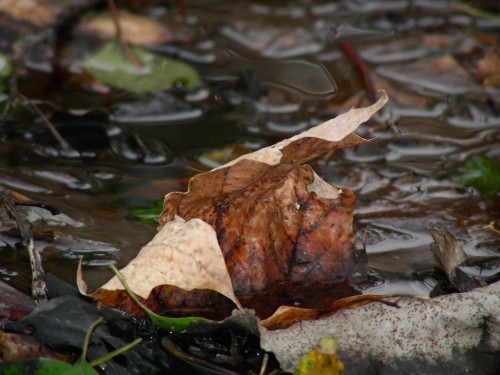|
McGILL BIRD OBSERVATORY |
|||||||||||||||||||||||||||||||||||||||||||||
Welcome to the McGill Bird Observatory weekly report. Click here for a complete listing of our archives. Comments or questions are welcome at mbo@migrationresearch.org.
Observers: Shawn Craik, Marcel Gahbauer Notes: In some ways the first week of our "winter" season seems more like late fall - there are still plenty of American Robins around, snow has yet to fall, and even the ponds have still frozen only rarely. However, the drop off in species is noticeable, and reflects the fact that for the most part fall migration is indeed in the past, with only a few hardy stragglers still hanging on. Whereas 50 species were observed over the course of last week, only 35 have been spotted this week, despite almost daily visits and an attempt to seek out any lingering insectivores. Among the highlights this week have been Ruby-crowned Kinglets and Hermit Thrushes, each seen on at least a couple of occasions, and not recorded at all last winter. There are also more Golden-crowned Kinglets and Brown Creepers hanging around than last November, but the arrival of the next cold front may well chase them out. On the other hand, sparrows of all kinds (including juncos) remain remarkably scarce. Also of note were small flocks of Horned Larks flying west over the site on both Saturday and Sunday. Activity at the feeders has been fairly quiet to date, largely thanks to the shortage of sparrows, so it was decided to take a week off from banding more birds settle in. As of Sunday, as many as 8 species were present at the feeders simultaneously, suggesting that the news of their presence is spreading in the bird world. This will be our third year of winter population monitoring. We expect to visit the site at least 2-3 times per week, and band twice per week, weather permitting. This will allow us to again track patterns of occurrence over the course of winter, adding to our knowledge of local populations. Already our winter efforts have yielded interesting results in the form of juncos recaptured elsewhere, or returning to MBO for a second or third winter; we look forward to our next discoveries!
|

